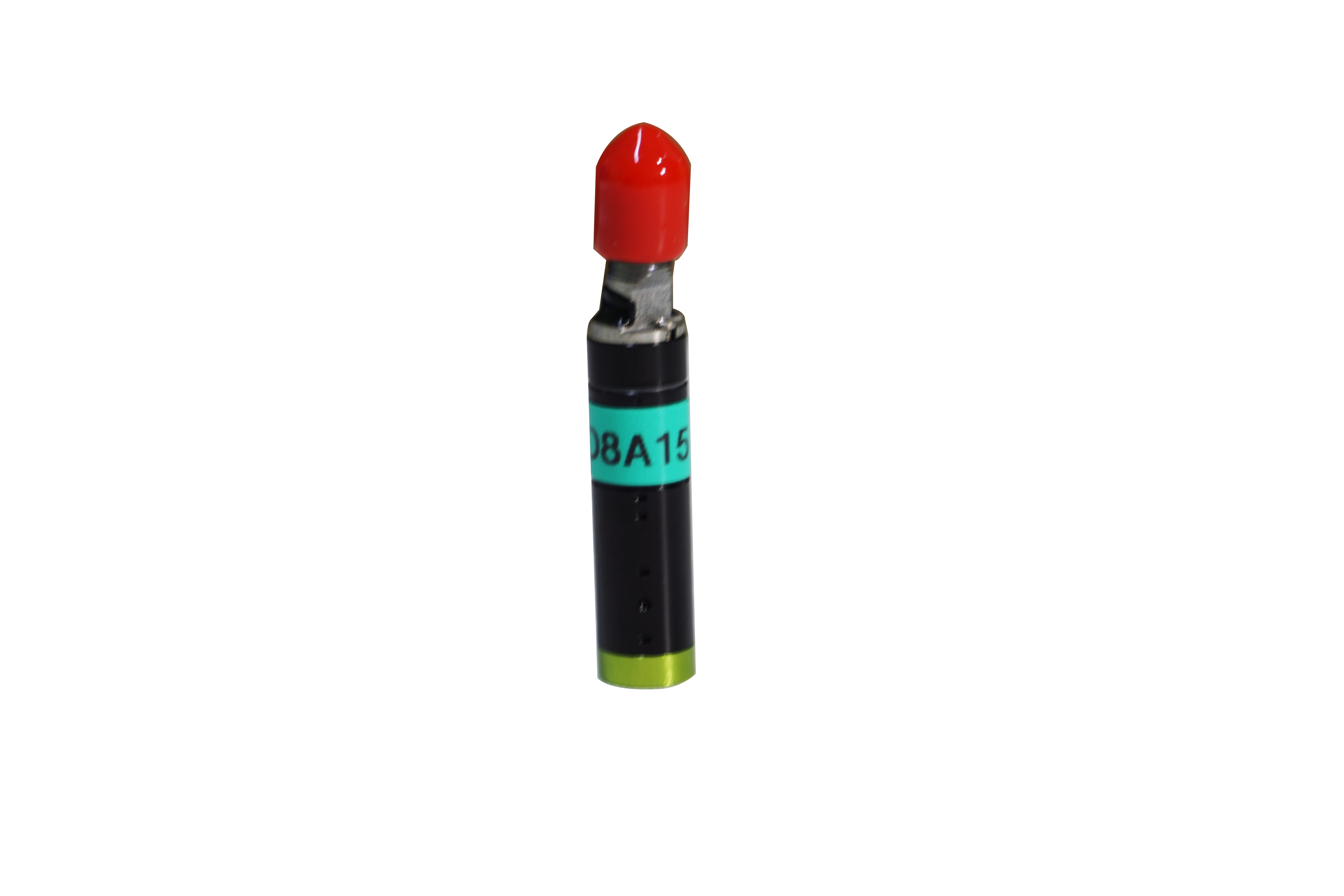2022-05-26
The application of laser in the field of detection is very extensive, the technical content is very rich, and the impact on social production and life is also very obvious. Laser displacement sensor is a commonly used measuring instrument, mainly for the measurement of physical quantities such as length, distance, vibration, speed, orientation, etc., and can also be used for flaw detection and air pollutant monitoring. Laser displacement sensor has the advantages of accurate measurement, wide measurement range, easy maintenance, strong durability, etc., and is widely used in many industries. So what are the common application areas of laser displacement sensors? The following is introduced by Shenzhen Liyi technology manufacturer:

1. Size measurement: location identification of small parts; Monitoring whether there are parts on the conveyor belt; Detection of material overlap and overlay; Control of manipulator position (tool center position); Device condition detection; Detection of device position (through small holes); Liquid level monitoring; Measurement of thickness; Vibration analysis; Crash test measurement; Automobile related tests, etc.
2. Thickness measurement of metal sheet and sheet: Laser displacement sensor measures the thickness of metal sheet (sheet). Thickness changes can be detected to help detect wrinkles, small holes or overlaps to avoid machine failure.
3. Cylinder cylinder measurement, measurement: Angle, length, inner and outer diameter eccentricity, cone, concentricity and surface profile.
4. Inspection of the filling level on the production line: the laser displacement sensor is integrated into the manufacturing of the filling product, and when the filling product passes through the sensor, it can detect whether it is filled. The sensor uses the laser beam to reflect the surface extension program to accurately identify whether the filling product is qualified and the amount of product.
5. Inspection of electronic components: with two laser scanners, placed face to face, the tested component is placed between the two, and finally read the data through the sensor, so as to detect the accuracy and integrity of the component size.
6. Uniformity check: Put several laser sensors in the tilt direction of the workpiece movement to be measured, and output the measurement value directly through a sensor. In addition, a software can be used to calculate the measurement value and read out the result according to the signal or data.
7. Length measurement: The measured component is placed on the conveyor belt in the specified position, the laser displacement sensor detects the component and measures it at the same time with the triggered laser scanner, and finally the length of the component is obtained.
What are the common application fields of laser displacement sensors? There are many types of laser displacement sensors, and their application ranges are not the same, so we must pay attention to when choosing measurement tools.



